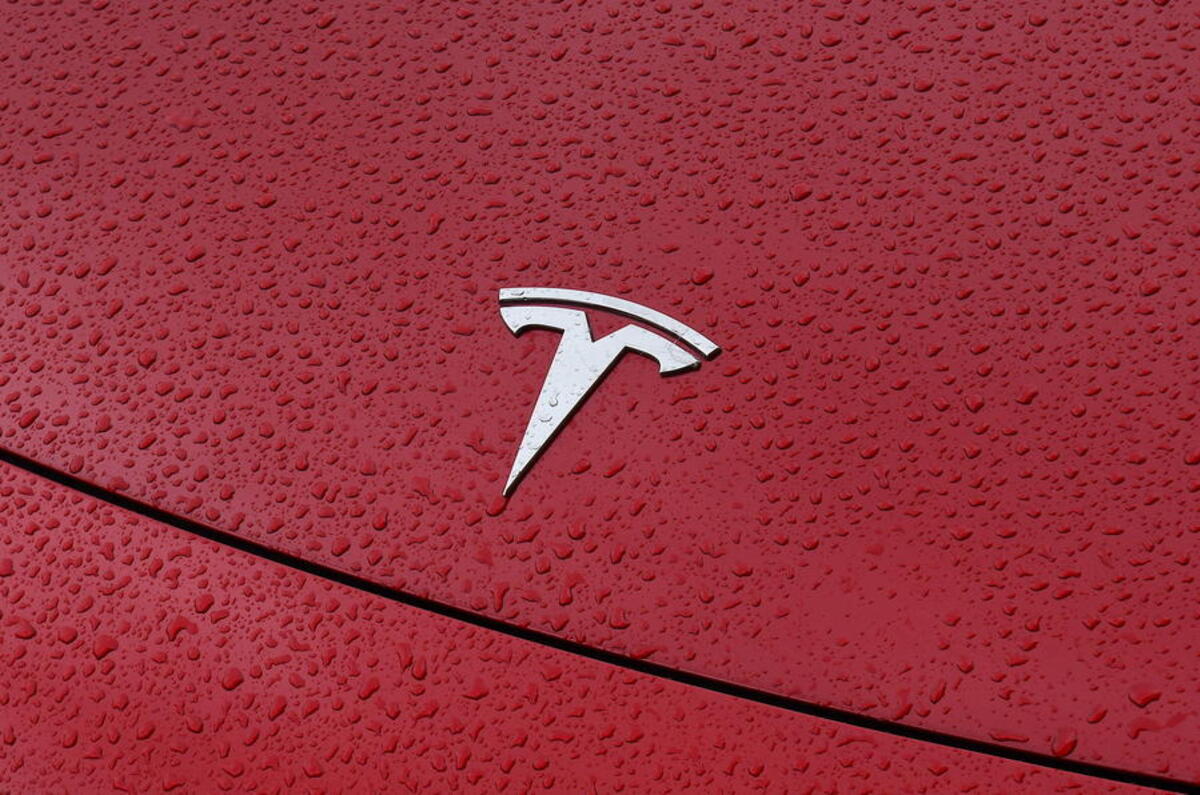“One for the history books” is how Tesla CEO Elon Musk has described the rescheduled Robotaxi reveal day on Thursday 10 October.
Dubbed ‘We, Robot’, in apparent reference to the 2004 sci-fi film starring Will Smith and the Isaac Asimov book that inspired it, the event is going to be staged at the Warner Bros studio lot in Hollywood, California. Investors, however, will be hoping that the technology displayed will transcend its fictional backdrop and appear tangible enough to give a clear vision of both short- and medium-term cash-generating reality. “The bar is very high,” Deutsche Bank analyst Edison Yu wrote in a note, warning of the consequences if it doesn’t impress. “We could envision a ‘sell the news’ type of market reaction.”




Add your comment